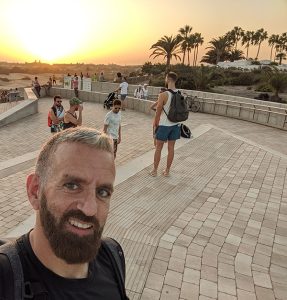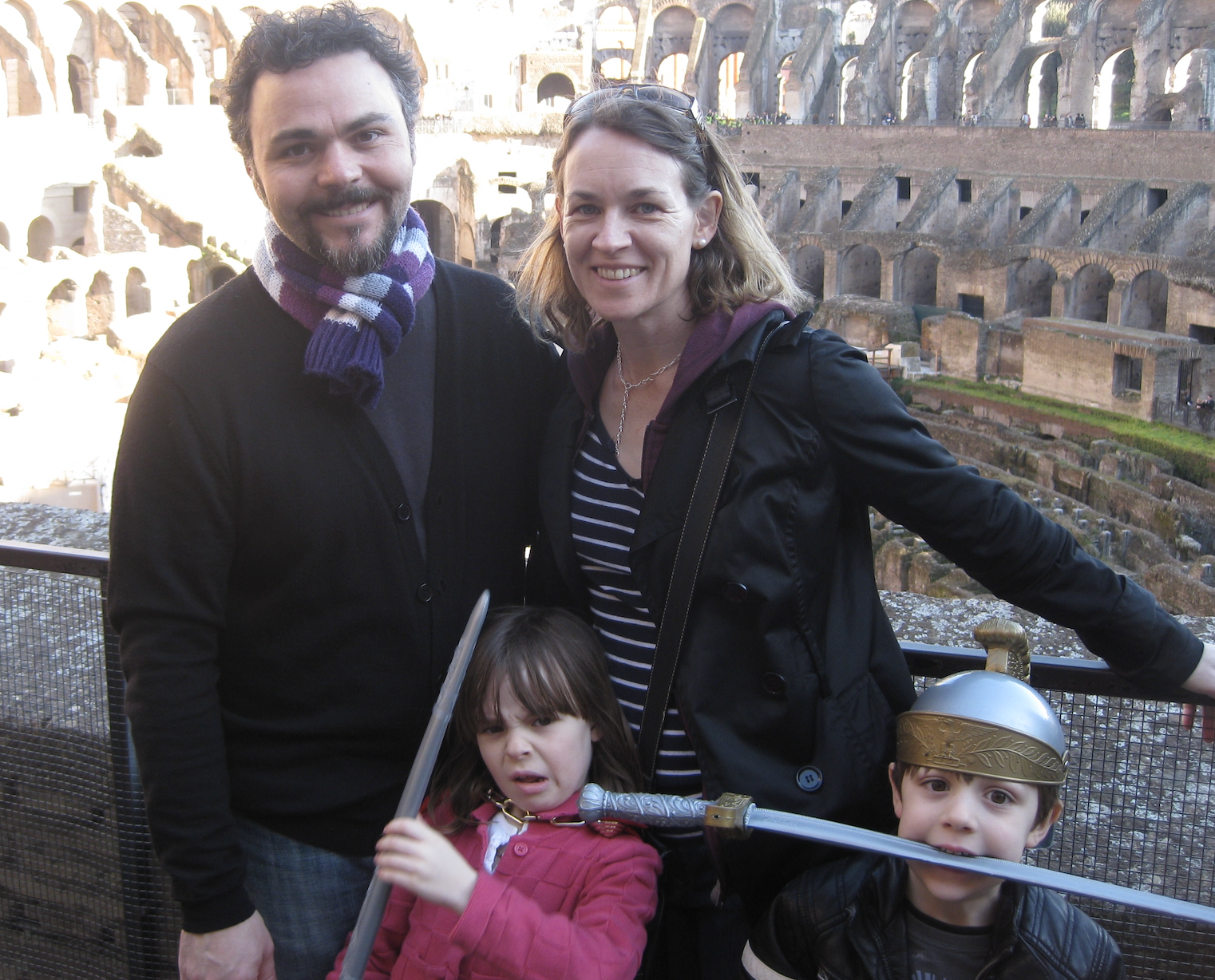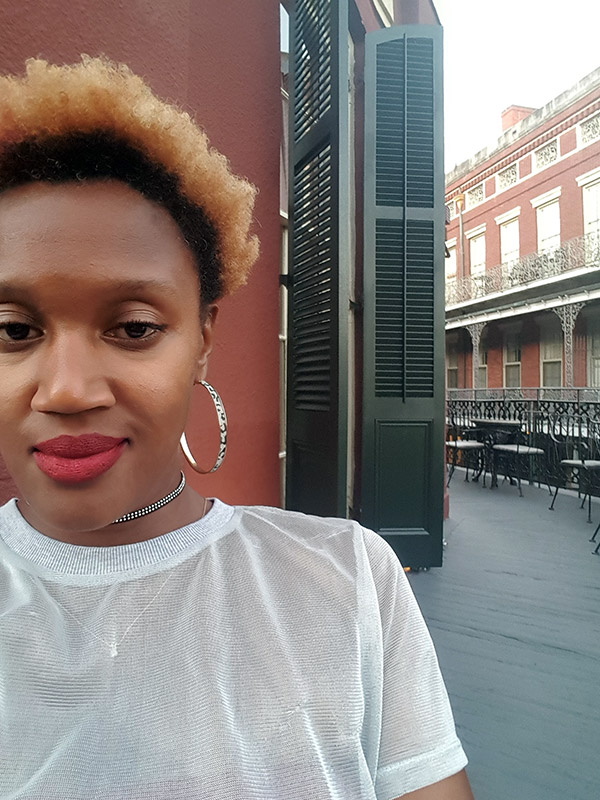Does Everyone Really Need an Editor? (And what do editors do anyway?)

Let’s say you’re at a play. The scene ends, the lights dim, and the stage crew swarms the stage, rearranging props and working their magic, scampering off stage just before the lights come up again. A good stagehand blends into the background, setting the stage (literally) to let the play and actors shine. And a good editor works the same way.
You can see editors lurking—not in the wings, but in their Google Docs icons—ready to swoop in to correct typos, trim lengthy passages, reorganize convoluted thoughts, and generally make sure your content shines the best possible light on your business messaging, reporting, or storytelling.
Do you really need an editor? If you publish any kind of content, whether it’s lengthy white papers, brief social media posts, or your company’s origin story in the “About” section of your website, the answer is yes. Ditto, if you’re a journalist, a political speechwriter, a novelist, or any kind of writer. But we’ll focus mainly on business editing for now. You don’t want your company going viral because of an unfortunate word choice or typo in a tweet—and even benign typos or error-free but clunky writing can make your business seem unprofessional and fail to connect with your audience.
But can’t my Mom just proofread my writing?
No! You’re not in high school anymore. And Mom, bless her heart, has much better things to do. Sure, you can publish writing without an editor. Lots of people and businesses do. And it’s often fine. But professionally edited copy rises to a different level; it’s a better version of what the writer intended. As Random House Copy Chief Benjamin Dreyer points out, “…it achieves something between a really thorough teeth cleaning…and a whiz-bang magic act.”
Are there different types of editors?
There are multiple levels of editing, ranging from helping writers develop their content to final proofreading—and everything in between. Opinions vary on just how many types of editors there are (academia and certain industries may need editors with subject-matter expertise, and some work may need dedicated fact-checkers), but these are the five most common types of editors:
Developmental editor
Developmental editors help writers flesh out their ideas and shape their stories, getting involved in the very early stages of a project. They help with structure and organization, and are looking more at the work as a whole than at the writing on a more granular level. They’re usually associated with long-form projects, like books.
Content editor
Content editors delve into a deeper layer of your writing than developmental editors. They may rearrange sections or point out when more details or examples are needed. They make sure the tone is consistent throughout the work, that it’s appropriate to your business and your audience, and that the piece flows smoothly.
Line editor
Line editors are concerned with—you guessed it—each line of your writing. Do you have run-on sentences? Did you repeat a pet word six times in two paragraphs? Are the transitions between your sentences awkward? Is the point you’re trying to make getting lost in murky prose and jargon? A line editor will fix all these issues, and more.
Copy editor
Copy editors tend to be a picky bunch—in the best possible way, of course. Eagle-eyed and attentive to detail, they typically come in when a project is in its final draft, looking for typos, misspellings (including any names of people or companies mentioned), and errors in punctuation and grammar. Copy editors also make sure the work consistently aligns with a specified style guide, whether that’s in-house preferences and rules or the standard AP Stylebook or Chicago Manual of Style guidelines.
Proofreader
Proofreaders give work that’s completed, designed, and formatted a last once-over before it goes out into the world. They’re not looking at word choices or whether an argument is logical. They’re catching typos, missing or doubled punctuation, bad line breaks, misnumbered sections, spacing issues, and the like. Whether you’re launching a new website, publishing an academic article, or sending out a monthly newsletter to your clients, proofreading is a must.
Do I need all these types of editors?
No. The type of editing a piece needs depends on the type of piece it is, its length, purpose, and audience, as well as on factors like the writer’s proficiency, the client’s style guide, and any space or layout limitations. Big publishing houses will have dedicated editors on staff for each type of editing, whereas content marketing agencies typically have editors who handle all levels, from heavy rewrites to final proofreading.
Just like with stagehands, an editor’s presence isn’t usually noticed—in fact, it shouldn’t be. By the time an audience sees the content, they’ve already exited the scene, leaving behind polished, professional, enhanced copy that takes center stage.
At Wordsmithie, our team of editors works closely with our clients and writing staff from the early stages of each project. Nothing goes out the door without rigorous review: All work goes through at least two internal editing and proofreading rounds. Contact us for any questions or editing needs you might have.






























































